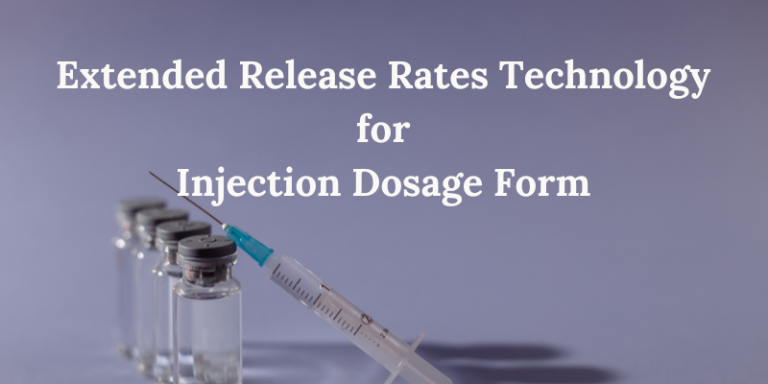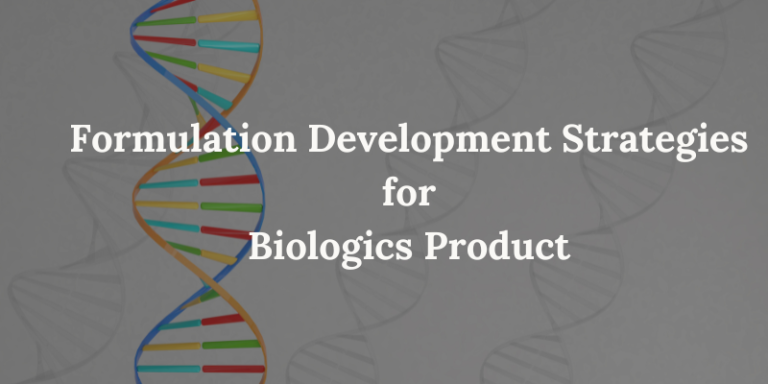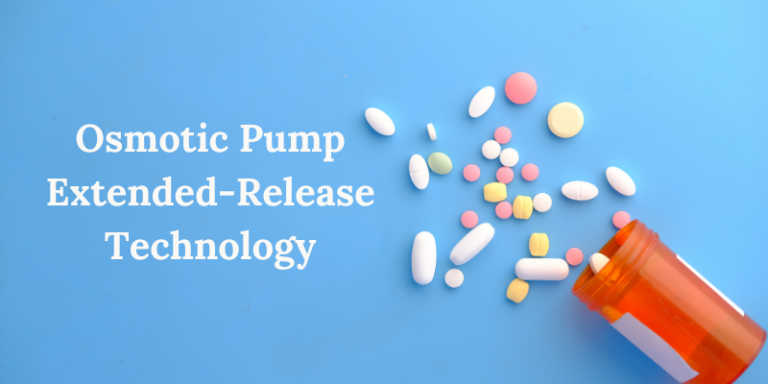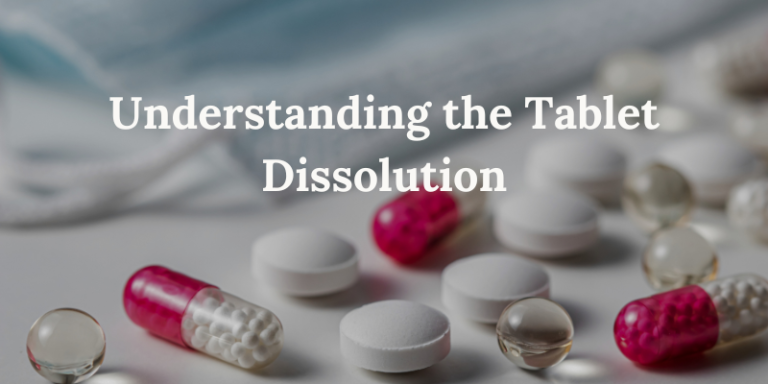Extended Release Rates Technology for Injection Dosage Form
Extended-release injectable formulations are designed to release the active pharmaceutical ingredient (API) at a controlled rate over an extended period, from several hours to weeks. The primary goal of these formulations is to reduce the frequency of administration, minimize drug fluctuations, and maintain therapeutic drug levels, improving patient adherence and clinical efficacy. The development of…






